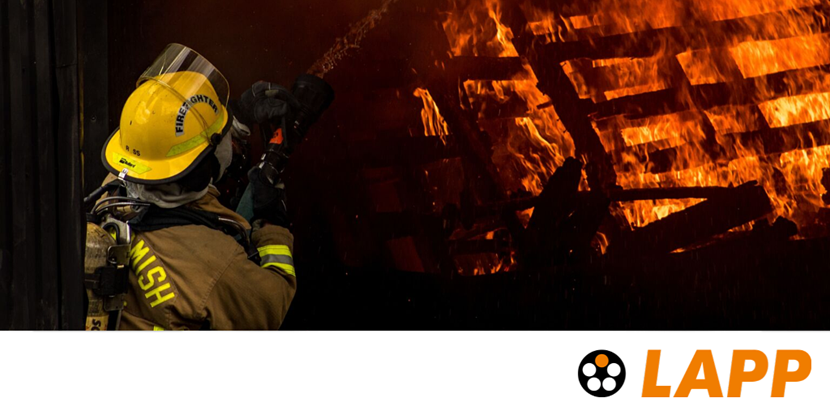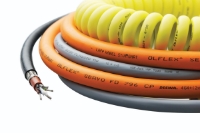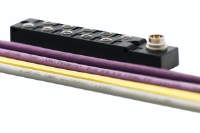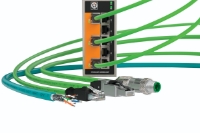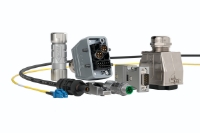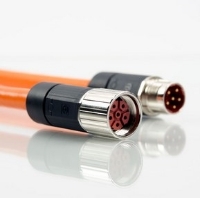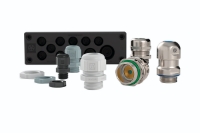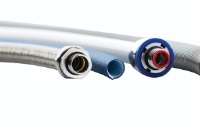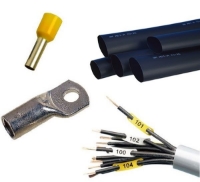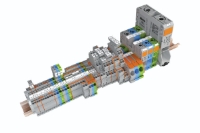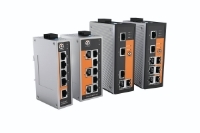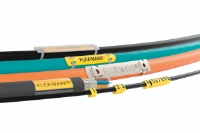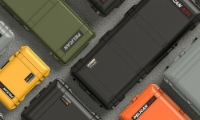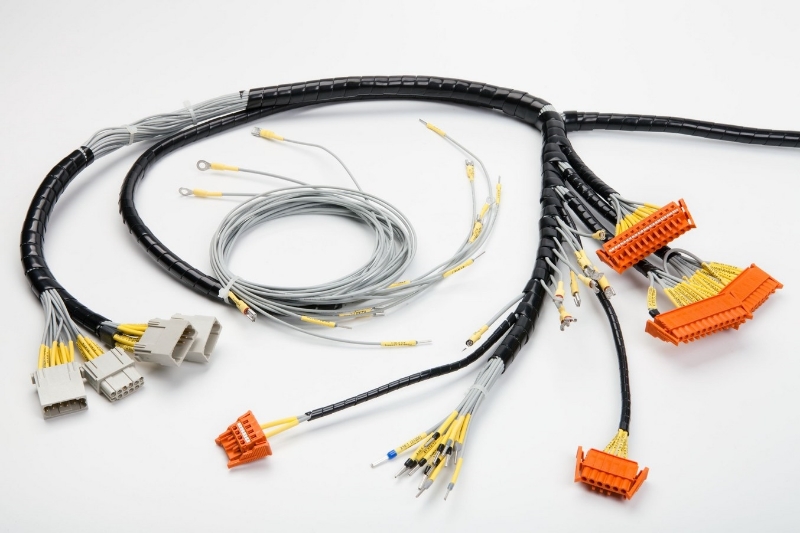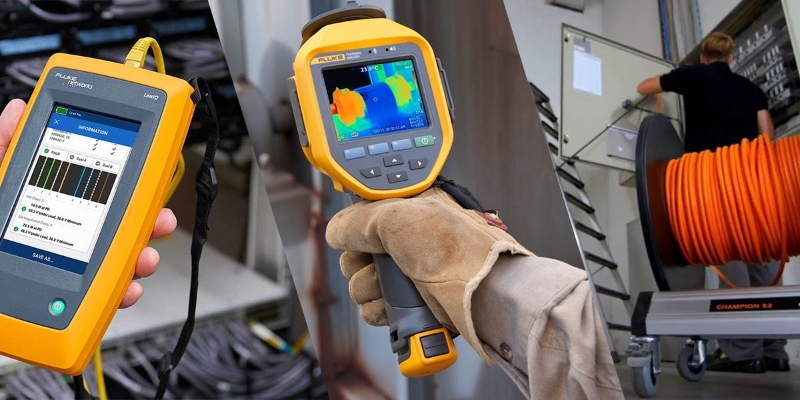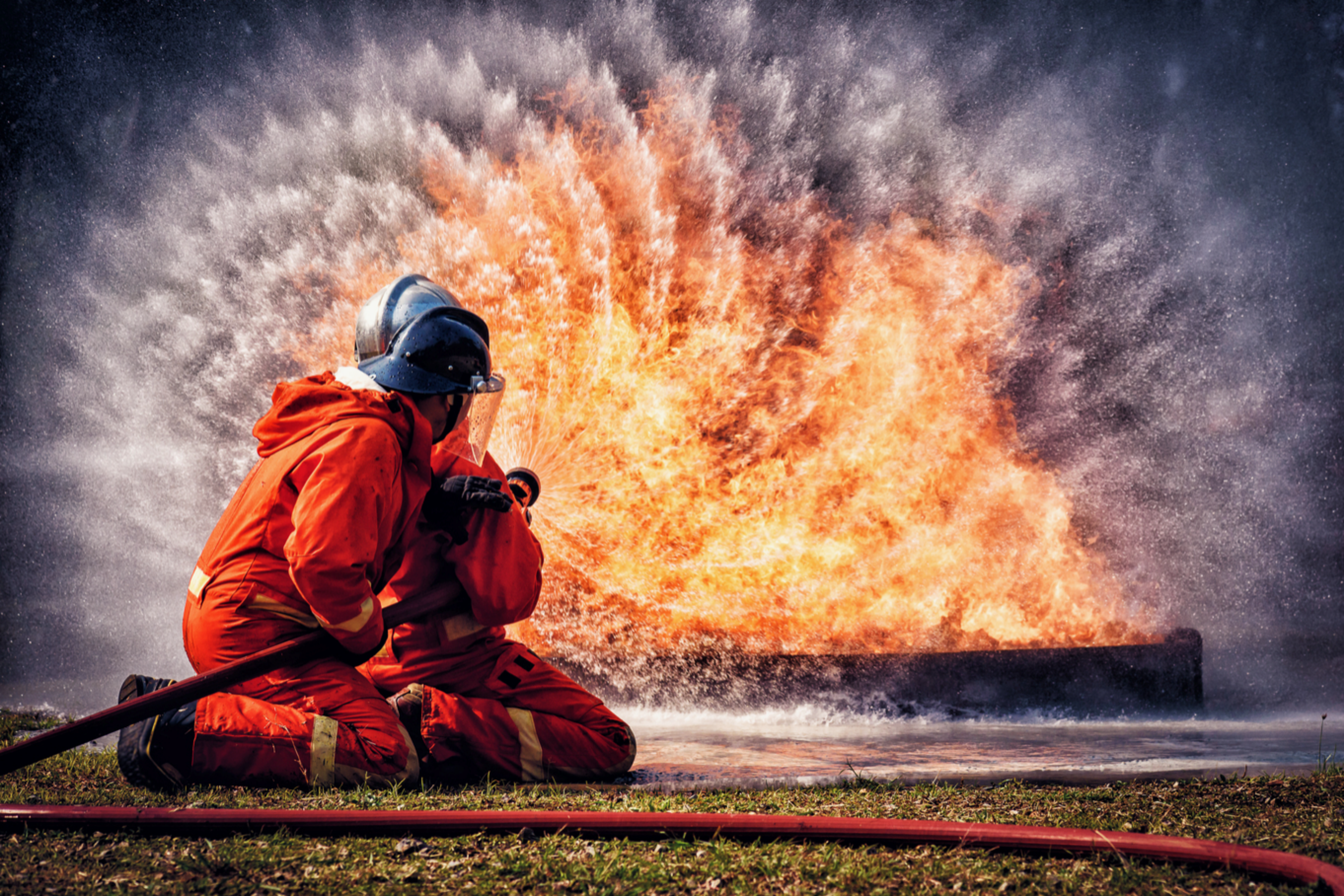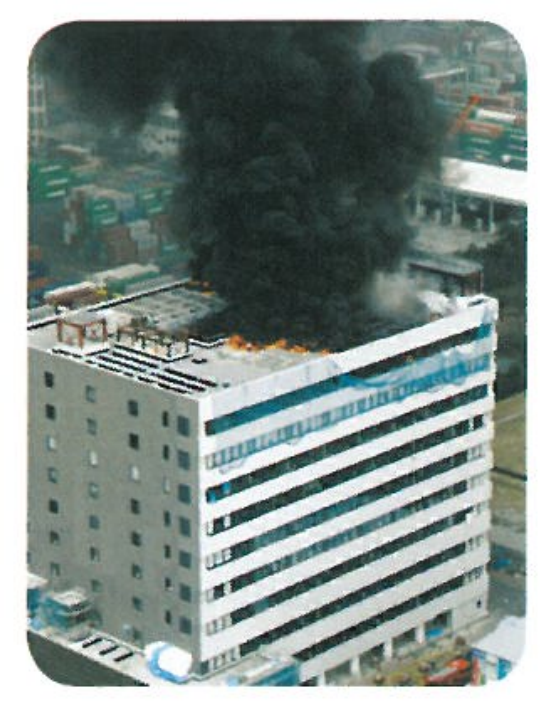
Halogen Free Cables For Building Services
With the increased demand for safety in public areas and buildings, contractors are now being advised to install materials that are non-hazardous to members of the public in event of a fire. It is now understood that smoke emission and poisonous toxi fumes can be a greater risk to lives than that of fire alone.
The biggest issue is the full understanding of what is a true low smoke halogen free cable (LSHF Cable, LSZH Cable, LSOH Cable)?
A cable designed to ensure security during fire must have passed three tests pertaining to halogen content, low smoke density and flame propagation. LAPP’s German engineered range of low smoke halogen free cables are stringently tested to IEC and VDE standards to ensure peace of mind where human life or valuable property are exposed to a high risk of fire hazards. The new cable range is available in the OLFLEX Classic and UNITRONIC Data. Both cables are highly flexible, available in various sizes and made to last.
OLFLEX® POWER & CONTROL
ÖLFLEX® CLASSIC 128 H & 128 CH
➤ Low smoke
➤ Halogen free
➤ Flame retardant
➤ Suitable for control on static installation or for occasional flexing operations
➤ It can be used in public facilities, airports, railway stations and constructions, particularly where human and animal life as well as valuable property are exposed to a high risk of fire hazards
The 128CH version is an unbedded screened LSHF control cable which contains a copper wire braid for EMC protection
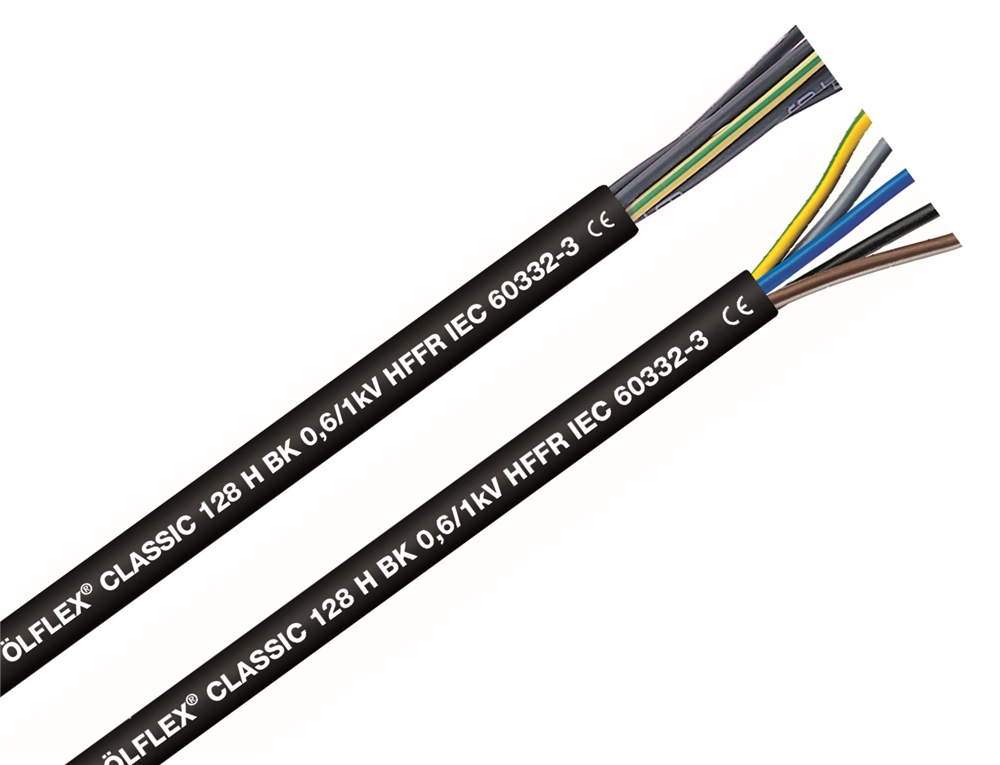 |
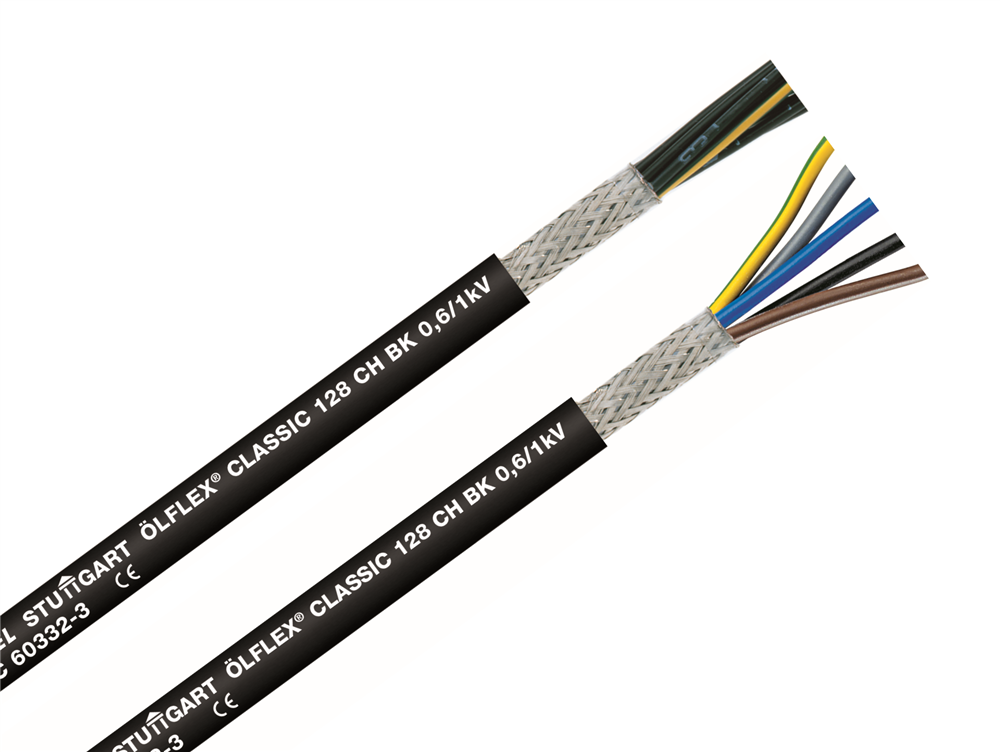 |
| ÖLFLEX® CLASSIC 128 H | ÖLFLEX® CLASSIC 128 CH |
ÖLFLEX® CLASSIC 110 H & 110 CH
➤ Low smoke
➤ Halogen free
➤ Increased oil resistance
➤ Suitable for use in damp or dry conditions within industrial environments
➤ Suitable as a control cable for static installation or for occasional flexing operations
➤ Particularly useful where fire hazard is a consideration and areas where high value property is concentrated
The CH version contains a copper wire braid for EMC protection
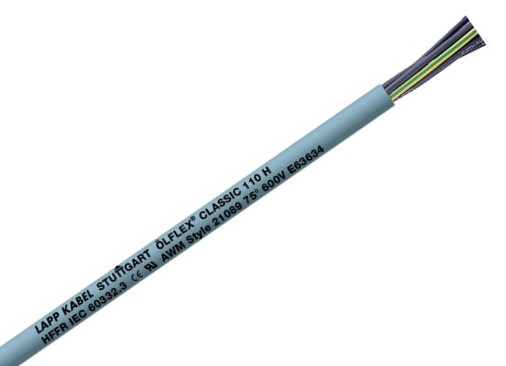 |
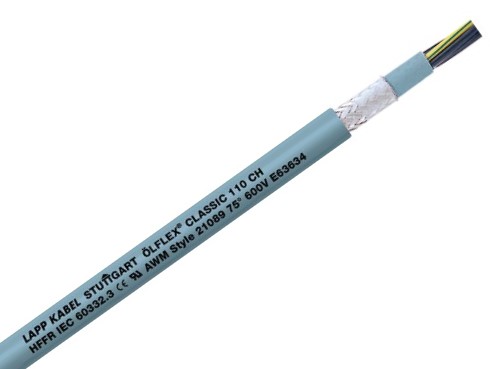 |
| ÖLFLEX® CLASSIC 110 H | ÖLFLEX® CLASSIC 110 CH |
UNITRONIC®
UNITRONIC® LiHH / LiHCH / LiHCH (TP)
➤ Flexible cables for control and data transmission, for low current applications
➤ Intended for static laying and flexible use in dry and damp interiors
➤ Ideally suited for areas with a high density of people as well as high value property that requires protection in case of fire
The UNITRONIC® LiHCH has a tinned copper wire braid to protect the cable against external electrical influences.
The UNITRONIC® LiHCH (TP) has twisted pairs for de-coupling of circuits, and a tinned copper wire braid to protect the cable against external electrical influences.
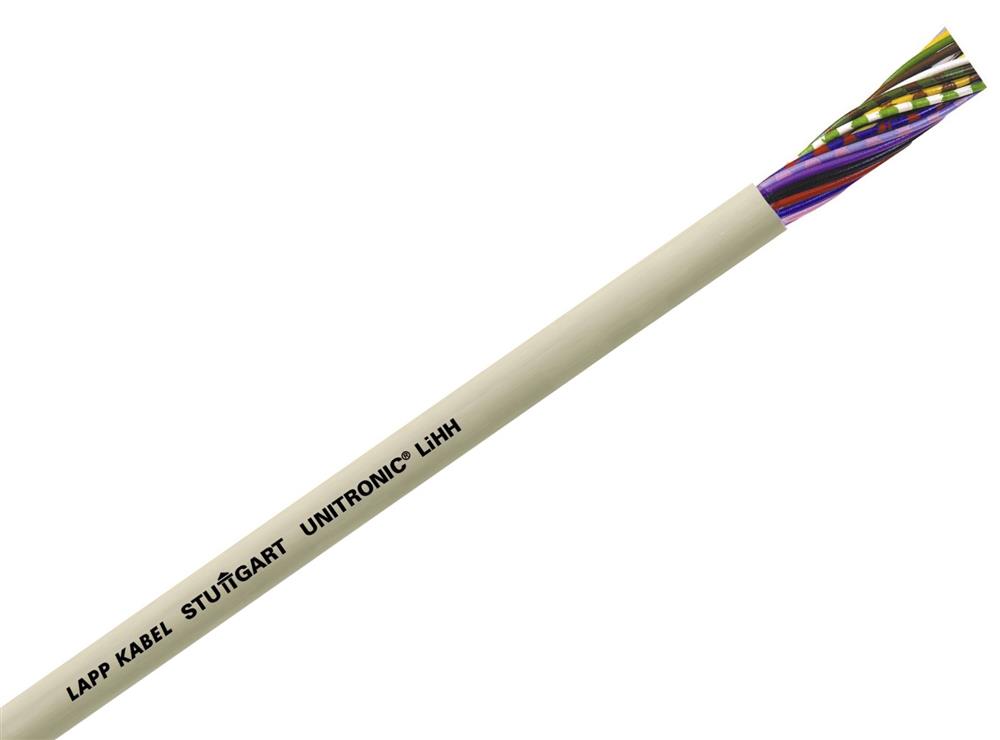 |
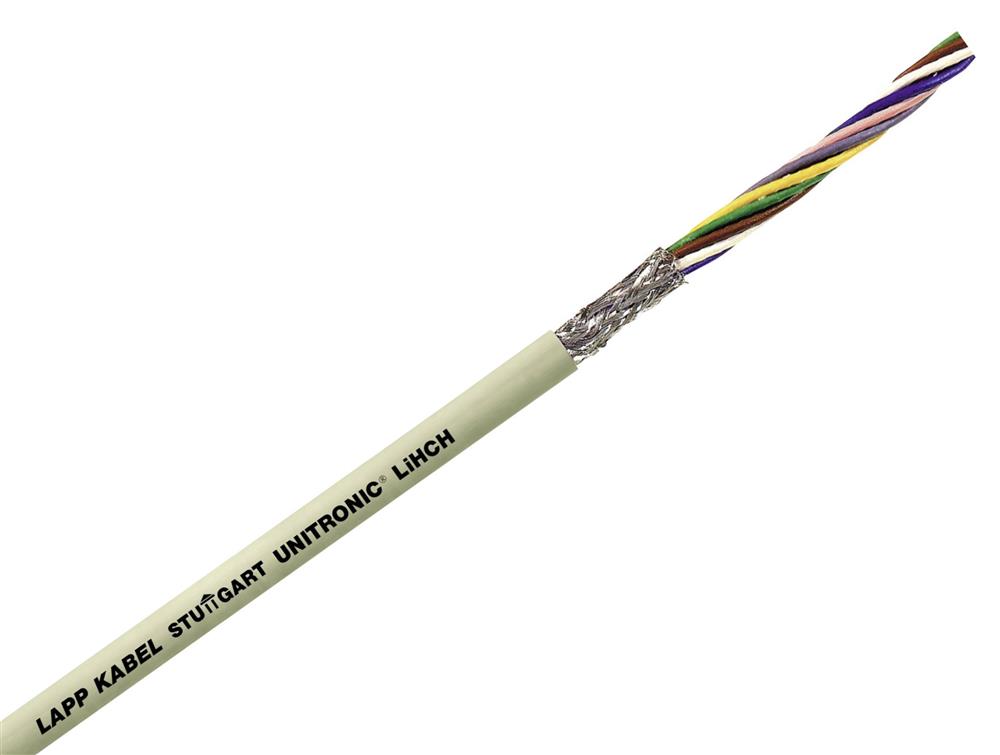 |
_ANGLED.jpg) |
| UNITRONIC® LiHH | UNITRONIC® LiHCH | UNITRONIC® LiHCH (TP) |
HALOGEN FREE vs LSF
There remains confusion in the UK market between the difference between LSF (Low Smoke and Fume) and Halogen Free LSF cables, in the case of data, signal and control cables, are made from a modified version of PVC and can still give off large amounts of black smoke and hydorgen chloride gas when burned. Halogen Free cables are those that, when exposed to fire, emit no more than 0.5% hydrogen chloride. They are not the same as LSF cables.
LSOH Low Smoke Zero Halogen
Conform to low smoke propagation & smoke density, as well as Halogen Free standards
LSHF Low Smoke Halogen Free
Conform to low smoke propagation & smoke density, as well as Halogen Free standards
HF Halogen Free
ZH Zero Halogen
What specifications are important in Halogen Free Cables?
All halogen free cables manufactured by the LAPP group, are in accordance with the IEC standards (International Electrotechnical Commission). The toxicity of smoke is of highest concern within enclosed spaces where means of escape by persons are limited; examples include mass transit rail cars, ships, and Offshore Oil and Gas platforms. There have been several tragic fires that have occurred involving transit vehicles over recent years that have brought heightened concern to this issue.
